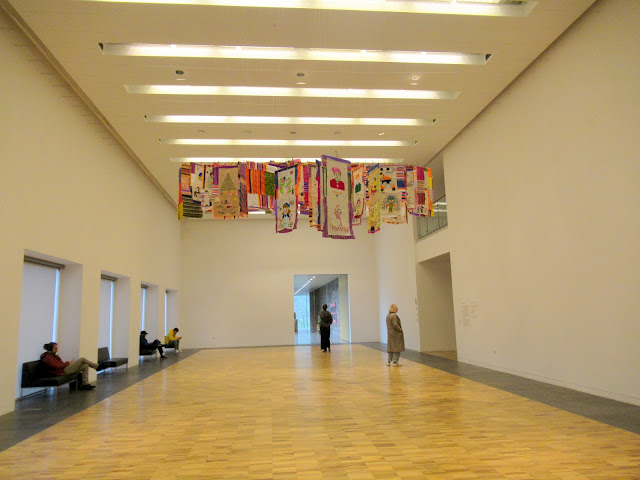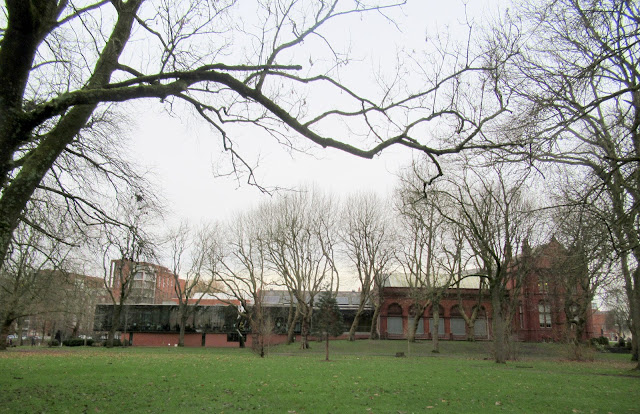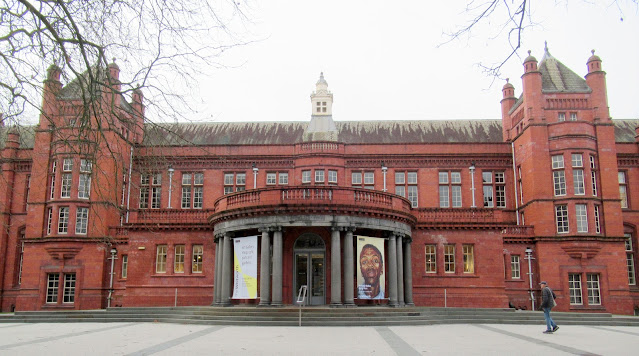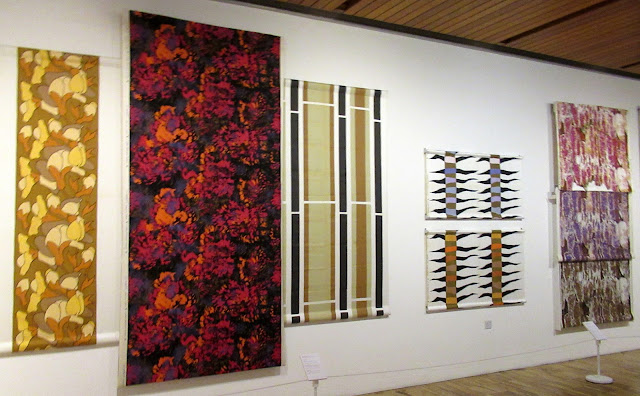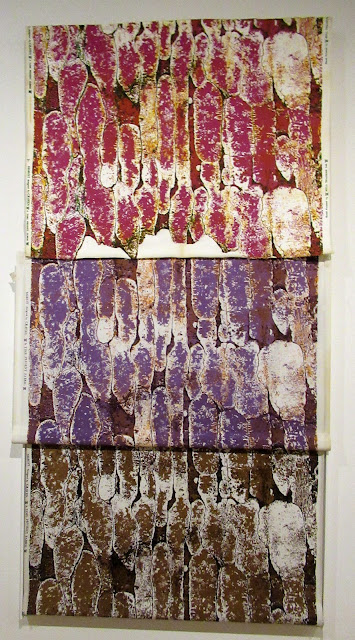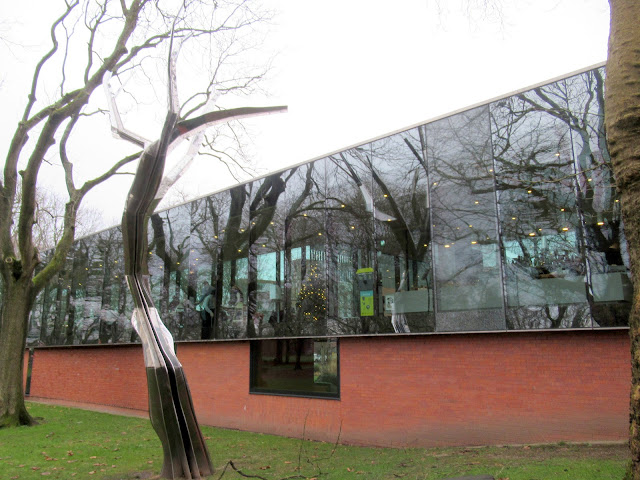at the Whitworth, Manchester.
This is the first survey of Walker's work and brings together over 70 artworks, spanning the last 25 years. From small, detailed drawings on archival documents to monumental wall drawings, Walker combines exquisite technical skill with a critical eye on the social and political realities that shape black lives in Britain today.Walker experiments with techniques of visibility and erasure - enlarging, cutting-out, obscuring - to speak truth to power and prompt us to consider how we can collectively shape black futures.
End of the Affair, 2023, (graphite, charcoal, pastel and conte on Somerset Satin paper)
This self-portrait responds to the classical Greek myth of Leda and the Swan. The original story describes how Zeus transforms into a magnificent swan and 'seduces' (rapes) Leda, queen of Sparta. This well-told story of antiquity has been depicted by many (mostly male) artists form the Italian Renaissance to today. Here, Walker retells this myth on her own terms, asserting herself as a powerful version of Leda who stands defiant, centre stage, in front of an emasculated Zeus.
Private Face:
Although drawing is recognised as Walker's primary technique, she initially trained as a painter. This post presents paintings from Private Face, her first body of work. They depict family and friends, and everyday scenes from Afro-Caribbean communities in Birmingham.Responding to the negative stereotyping of black communities in the media, Walker set out to redefine perceptions of black life. Inspired by Birmingham's rich history of social documentary photography, she carried a camera around the city, building trust with sitters and taking photographs she later translated onto canvas. Individuals are captured on their own terms in closely observed, quiet moments. In scenes from a Pentecostal church, barbershops and markets, Walker captures spaces 'where the rituals and ceremonies of everyday black life occur'.
Attitude, 1998, (oil on canvas)
Boundary I, 2000, (oil on canvas)
'Boundary I centers on a barbershop, a familiar presence throughout the area of Handsworth, Birmingham, in which I grew up. I wanted to present a sensitive, empathetic interpretation of one of the very few spaces in which black men can freely congregate and fraternise. I have tried to capture a sense of the trust, mutual respect and affection that exists. As a woman seeking to document such scenes, I am in some respects an outsider. I have tried to use that outsider status to document rituals and spaces that might at first glance appear ordinary but are of profund importance and great beauty'.
Boundary II, 2000, (oil on canvas)
The Ritual, 2001, (oil on canvas)
Untitled, 2000, (oil on canvas)
Assembly 2005, (acrylic on canvas)
Pride, 2001, (oil on canvas)
The Sitter, 2002, (oil on canvas)
Peacemaker, 2001, (oil on canvas)
Zipporah, 2002, (oil on canvas)















